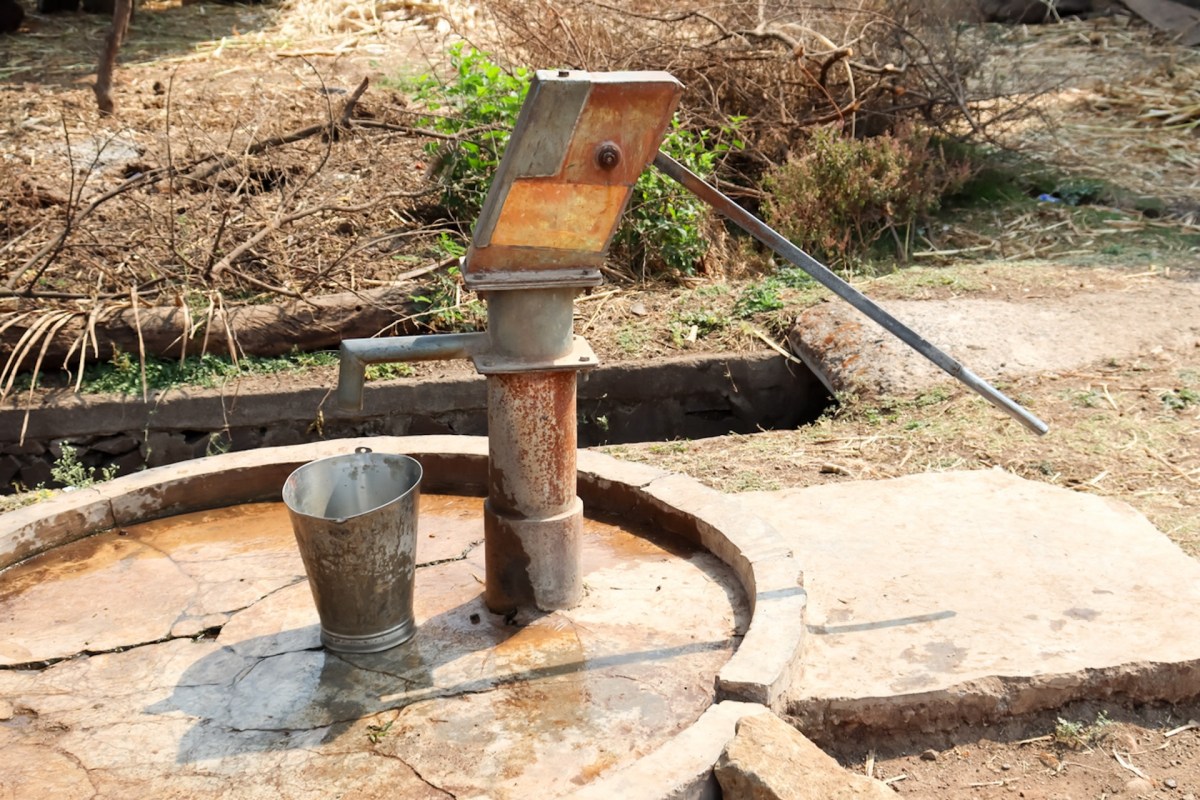A new study found that climate-driven sea level rise may release toxic levels of arsenic into well water in Bangladesh, increasing the cancer risk for tens of millions of people.
What's happening?
Scientists and researchers determined that about 49% of Bangladesh had arsenic concentrations in well water that exceeded the World Health Organization guideline of 10 parts per billion.
Arsenic naturally occurs in Earth's crust. In Bangladesh, it washes down from the Himalayas into the Ganges, Brahmaputra, and Meghna rivers, eventually reaching the groundwater.
According to the Guardian, Dr. Seth Frisbie, the study's lead researcher and a Norwich University emeritus professor of chemistry, said about 45% of the wells contained water with at least five times the amount of arsenic WHO considers safe.
"Chronic arsenic poisoning from drinking water … is a real problem, not a theoretical exercise," said Frisbie in a presentation of the findings, as the Guardian reported. "I once walked into a village where no one was over 30 years old."
With the warming planet expected to cause increased flooding, rising sea levels may affect a larger area of Bangladesh and release even more arsenic into well water.
Bangladesh is among the most vulnerable countries to the impacts of our overheating planet. Because it's a low-lying country — with river deltas covering about 65% of the country's terrain — arsenic poisoning is an urgent concern since roughly 97% of citizens drink well water.
Why is the threat of increased arsenic exposure concerning?
As Dr. Frisbie explained, long-term arsenic exposure can lead to a higher risk of various types of cancers and even early death. Researchers have called it a public health crisis because millions of Bangladeshis suffer from skin, bladder, liver, and lung cancers and vascular disease from chronic arsenic poisoning.
Scientists estimate that arsenic-related diseases kill about 43,000 people in Bangladesh per year.
However, the threat of arsenic leaching into groundwater doesn't just affect Bangladesh — countries across the globe, including the U.S., are already impacted by arsenic contamination in well water.
"These chemical processes are global," Frisbie told the Guardian. "There's this reduction of arsenic in Manchester, there's the salt effect in Louisiana [because of] floods like Hurricane Katrina. So because these are universal chemical processes, this is a global problem."
What's being done about it?
Government organizations in Bangladesh regularly screen wells for arsenic and mark the non-contaminated wells with green paint so people know which ones to avoid.
They also began installing sustainable arsenic-safe water options in the 1990s when health authorities identified arsenic contamination in wells. These include deep tube wells with lower arsenic concentrations, rainwater harvesters, and various types of filters to remove arsenic.
Water treatment plants that pipe water from deep groundwater or treated surface water are also an option, though these are much more expensive.
On an individual level, we can help cool the planet by reducing the amount of pollution we generate, which will make storms and flooding less intense and, hopefully, make arsenic poisoning much less common.
Join our free newsletter for weekly updates on the coolest innovations improving our lives and saving our planet.









